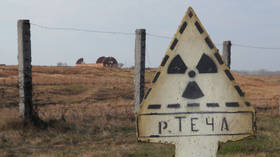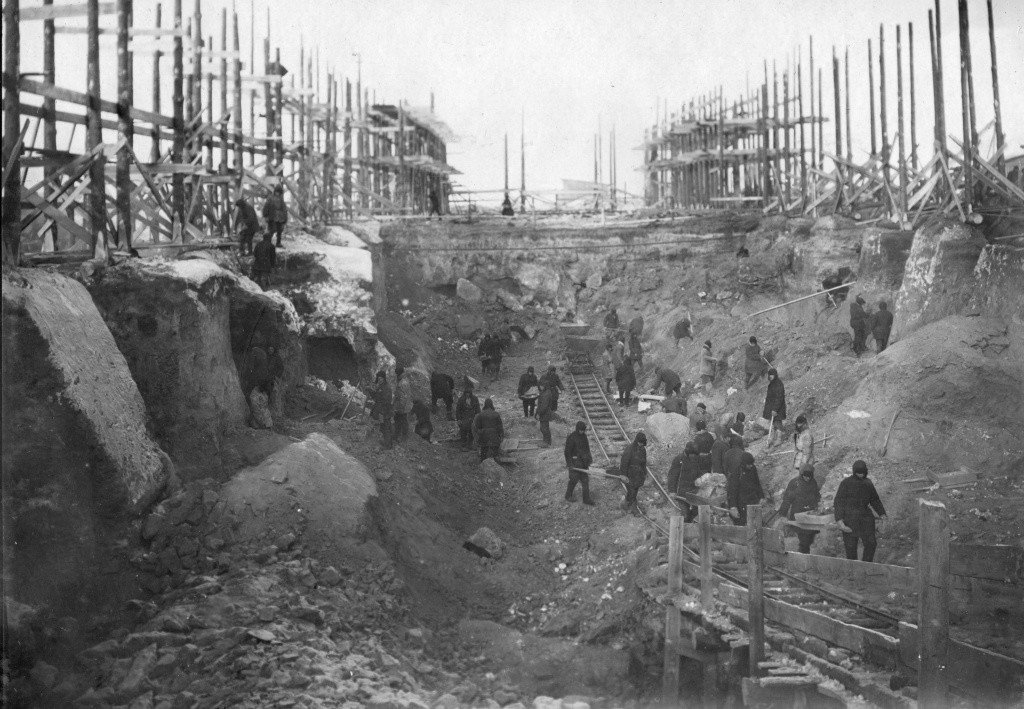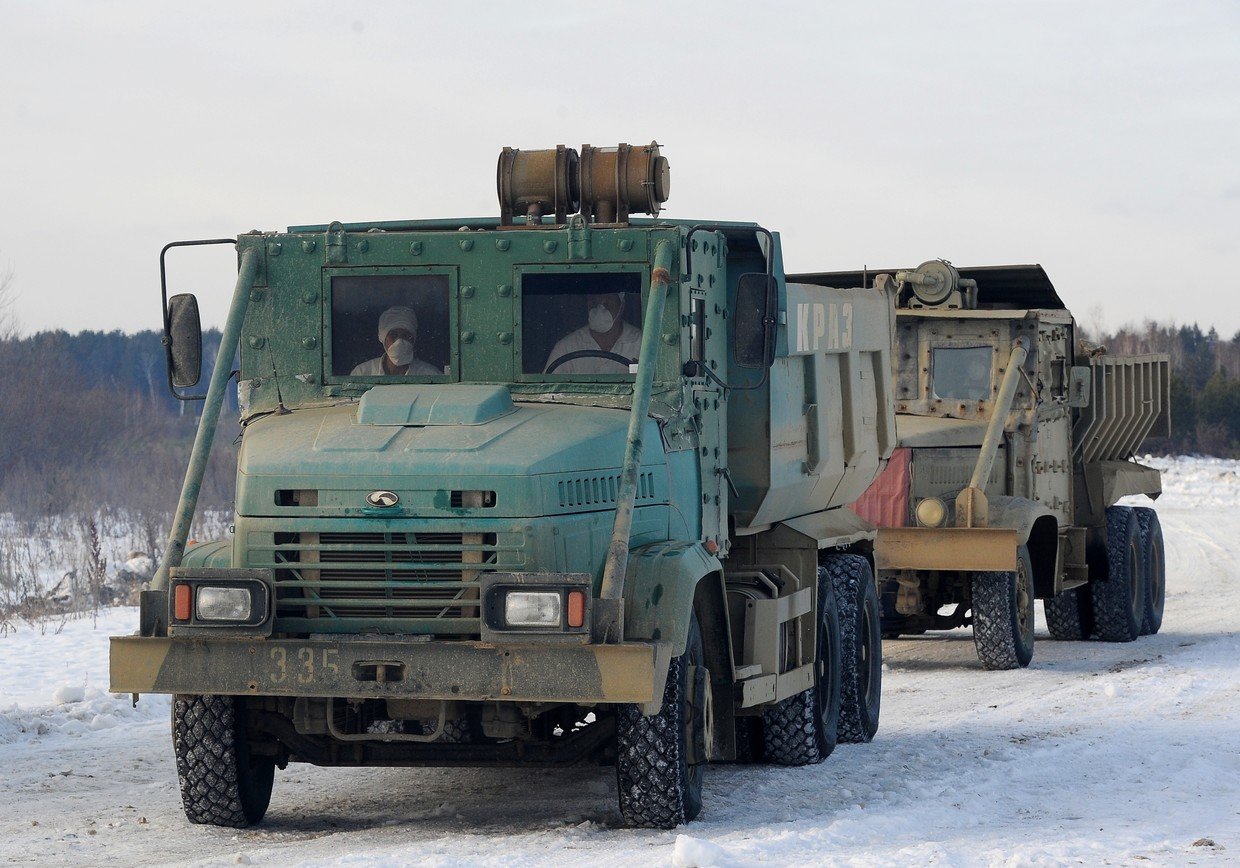River of radiation: Life in the area of the world’s 3rd-worst nuclear disaster

Before Fukushima and Chernobyl, the worst-ever nuclear disaster was a massive leak from a plant in the eastern Urals. RT went to see how people live in areas affected by the fallout from the USSR’s risky rush to the nuclear bomb.
Chernobyl and Fukushima are the two names that are most likely to come to mind when one thinks about nuclear disaster, and rightfully so. People in the US will likely recall the Three Mile Island accident, while Britons may say the "Windscale fire."
The name "Kyshtym" will probably mean nothing to the wider public, despite it belonging to the third-worst nuclear accident in history. An RT Russian correspondent traveled to the area to speak with locals, some of whom personally witnessed the 1957 disaster, to find out what living in such a place feels like.
Bomb at any cost
Kyshtym is the name of a small town in what is now Chelyabinsk Region in Russia, located in an area dotted by dozens of small lakes. A 15-minute car ride east will bring you to another town called Ozyorsk. Six decades ago, you wouldn't find it on any publicly available map because it hosted a crucial element of the Soviet Union's nascent nuclear weapons program, the Mayak plant.
The Soviet leadership considered building up a stockpile of weapons-grade plutonium to be a high priority, while environmental and safety concerns came as an afterthought. Some of the less-dangerous radioactive waste from Mayak was simply dumped into the Techa River, while the more-dangerous materials were stored in massive underground tanks.

The sealed steel containers, reinforced with meter-thick concrete outer walls, were considered strong enough to withstand pretty much anything. In September 1957 this assumption was proven wrong, when one of the tanks exploded with an estimated power of 70-100 tons of TNT. This happened due to an unrepaired cooling system, which allowed radioactive waste to build heat and partially dry up, forming a layer of explosives, an investigation later found. An accidental spark was then enough to blow off the 160-ton lid of the tank, damage nearby waste storages, and shatter every window pane within a 3km radius.
A plume of radioactive waste was ejected high into the air. Some 90 percent of the material fell right back, contaminating the area and adding to the pollution in the Techa River, but some was atomized and traveled northeast with the wind. A 300km long, 10km wide stretch of land running through three Russian regions is what's left by the fallout. The worst-affected part of it was designated a natural reserve a few years after the disaster.
Cover up
The disaster was covered up in the Soviet media, which reported that the strange lights in the night sky – actually a glow caused by ionization from radioactive waste – was a rare event related to the aurora. The locals knew something was wrong, of course, due to the evacuation of two dozen nearby villages and the large-scale decontamination work that was to be carried out over the next several years.

"My father and many locals were mobilized for the liquidation effort," Lyudmila Morozova, a survivor of the disaster, told RT. "They plowed all land half a meter deep. In the evenings, Father's friends would come to our home to wash in the banya."
Later, the military came to get radiation readings in it. Afterwards, soldiers demolished the banya and took away not only the house but even the layer of soil on which it was built.
Officially, the scale of the disaster remained a state secret until the late 1980s.
Poisoned river
The Techa River remains contaminated now, long after Mayak stopped dumping waste in it. The radiation is relatively low, however: standing next to it is no worse than traveling on an airplane. Thousands of people cross it every day via a bridge road that connects Chelyabinsk and Ekaterinburg – the two nearest provincial capitals.

The only inhabited village down the river is called Brodokalmak and is about 85km downstream from Ozyorsk, and 50km away from the bridge crossing. Locals are well aware of the river's waste-dumping past, but it doesn't stop them from fishing.
"I'm not catching the fish for myself, it's for the pet," said Aleksey Morozov, who told RT that he spent his entire life in the village.
"We didn't have any two-headed kittens so far. The toxins accumulate in the bones, so all you need to do is dispose of fish bones," he explained.
A dosimeter that RT crew brought for the trip shows he is right. His catch is only slightly more radioactive than regular background radiation. The readings under the bridge were 35 times higher. The radioactive isotope, strontium, tends to accumulate in bones, just as Aleksey said. It has mostly gone into sediment on the bottom of the river, and is relatively safe if undisturbed.
Ghost village
Halfway between the bridge and Brodokalmak is another village, Muslyumovo. It was inhabited until about a decade ago, when Rostatom, the Russian nuclear monopoly, offered to relocate its 2,500 residents. Now it's a ghost village.

Unlike Chernobyl's Pripyat, Muslyumovo was left orderly over time. Most of the valuables, including entire wooden houses, were taken by owners, but brick walls were left behind. Floors are littered with discarded papers from some business owner's inventory.

Rostatom officials say the relocation was not really necessary and the company agreed to fund it mostly to quell down public fears. The sentiment against nuclear power is understandably strong in the general area. This was part of the reason that the company decided not to complete a nuclear power station, which was supposed to be built 10km east of Ozyorsk.
Triple exposure
Another place that had a close brush with Mayak's waste is Metlino, a town about 25 minutes east from Ozyorsk. Some residents were unfortunate enough to have been exposed to radiation three times in their lives, according to Lyudmila Krestinina, who heads a lab at a local radiation research medical center.
First, they lived on the Techa River when it was used to dump waste. Then the disaster happened, and the cloud went past, close enough for some fallout but not close enough for it to become a major risk. The third time happened in 1967.
"There was drought and the Karachay bog, where waste was dumped from the Mayak, caught fire. The wind brought radioactive smoke over Metlino," she said. "Now the contamination level has decreased several times, but it's still higher than background radiation."

The bog used to be a lake in the early days of Mayak, which started to dry up in the 1960s. The 1967 incident prompted major landscaping work to cover its shallow parts with earth and provide greater water supply. This solution was ultimately deemed unfeasible, so the rest of the lake was covered as well. The work ended just four years ago.
Less carcinogenic than smoking
Metlino's past exposures don't dissuade Rosatom's own specialists from living there. The company is currently developing a new project for its senior staff working at Mayak in the town.

The health impact form the Kyshtym disaster is difficult to put in numbers. Some 80,000 people were potentially affected by the fallout and the wider Mayak activities had been monitored for years. Krestinina, the radiation center specialist, estimates that those exposed were about 2.5 percent more likely to develop some form of cancer, compared to people who didn't have such an experience.
Andrey Vazhenin, chief oncologist of Chelyabinsk Region, said that today living in the regional capital, a major industry center, is actually more dangerous than on the Techa riverside.
"Radiation is not the worst carcinogenic factor. Smoking and alcohol pose a significantly higher risk," he told RT.
Like this story? Share it with a friend!














